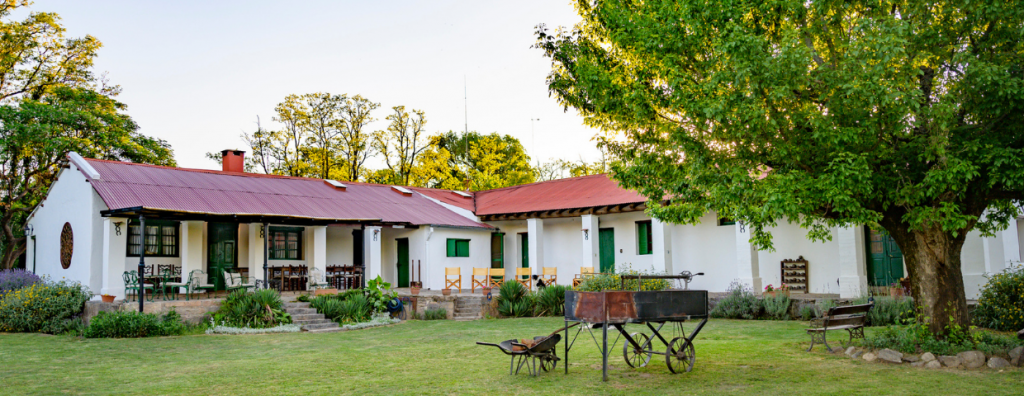The distinct “rambler” architectural style is known by several names—rambler, ranch house, California ranch. Whatever you call it, the rambler has played an important role in the evolution of the American home. From its spacious interior to its welcoming layout, the rambler is tailor made for a comfortable home life.
History of the Rambler
Originally conceived in the 1920s, it wasn’t until the 1950s and 1960s that the rambler became a staple of domestic American life as the suburban boom reached new heights. The intention behind the architecture was simple: design the perfect post-war American home. The term “rambler” was a reference to the way the single-story design sprawled—or rambled—across the landscape, opting for horizontal expanse rather than vertical. One can imagine how fitting a portrayal this was of the American West—a home that allowed for expansive views of the surrounding landscape on a level plain. The rambler style was one of the first architectural styles to incorporate an attached garage into the home design. Over time, the rambler style began to take on elements of modern design and eventually evolved into split-level homes, creating rambler variants such as “raised ranch style,” “suburban ranch style,” and “storybook rambler.” Even with these developments, the rambler has always stayed true to the theme behind its inception: a home designed to accommodate the needs of the modern American family. To this day, rambler homes are found in great numbers across the country.
Characteristics of a Rambler
Ramblers are known for the flow of their interiors that allow for easy movement throughout the home’s horizontal spaces. The spacious layout, often times anchored by a central area, creates a feeling a continuity between rooms, a concept that was influenced by modern architecture. The wide layouts also resulted in large footprints, even though the majority of the homes in this style were constructed as one-story structures.
In another nod to modernist homes, ramblers often prioritized outdoor spaces for entertaining and gathering. This connection to the outdoors is reinforced by large windows and easy access to back patios to create a harmony between nature and the home itself. Similar to its distant relative, the Craftsman style home, it’s common for rambler to have low-pitched roofs and overhanging eaves.
 Facebook
Facebook
 X
X
 Pinterest
Pinterest
 Copy Link
Copy Link
